Car Review: Kia e-Niro, the car of the future, now
Not much of a looker, admittedly, but this state-of-the-art electric car is a real joy – and revelation – to drive, discovers a smitten Sean O’Grady

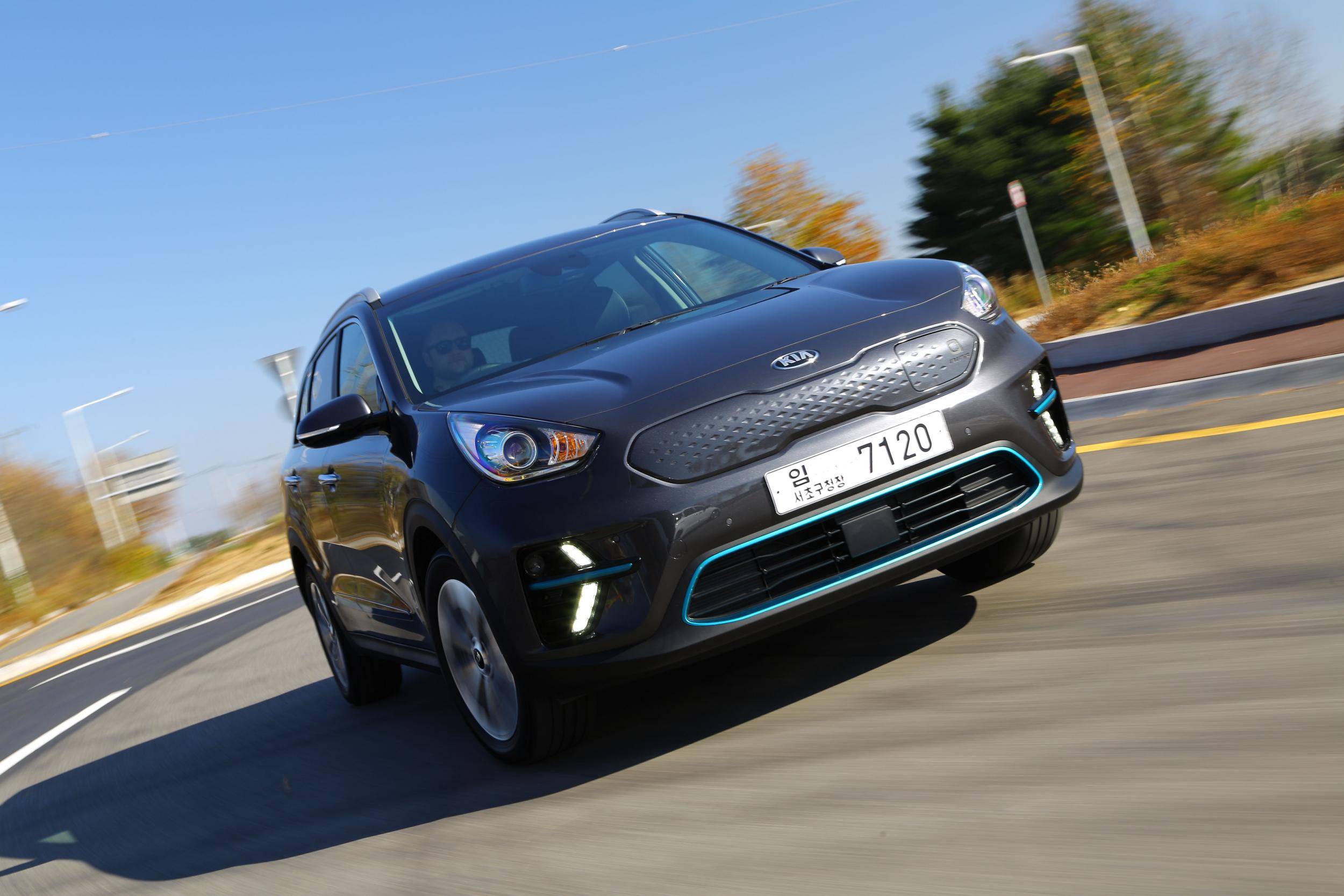
The Kia e-Niro is pretty much perfection. It’s a car I can happily recommend to anyone. I might even buy one myself. Yes, it is that good.
It’s electric. It’s electrifying, in fact, such is its technical accomplishment. It’s full of promise for a decarbonised future. Save the planet? Yes we can. No need to blockade London; just buy a Kia

Like the Nissan Leaf, recently revised with an even bigger battery on board, the Kia will help transform the public’s perception of electric cars. Or would if more people took any remote interest in them; but they still account for only about 1 in 100 new cars sold (ie pure battery-powered vehicles).
This newest generation of electric cars – pioneered by Kia/Hyundai, Nissan, Renault, BMW and Tesla – work perfectly well in their own right. Indeed, in performance and refinement, this e-Niro is superior to its internal combustion engine and hybrid equivalents and competitors (the Niro is available in three flavours – pure electric, as here, and also a plug-in hybrid and a hybrid, both with petrol engines).
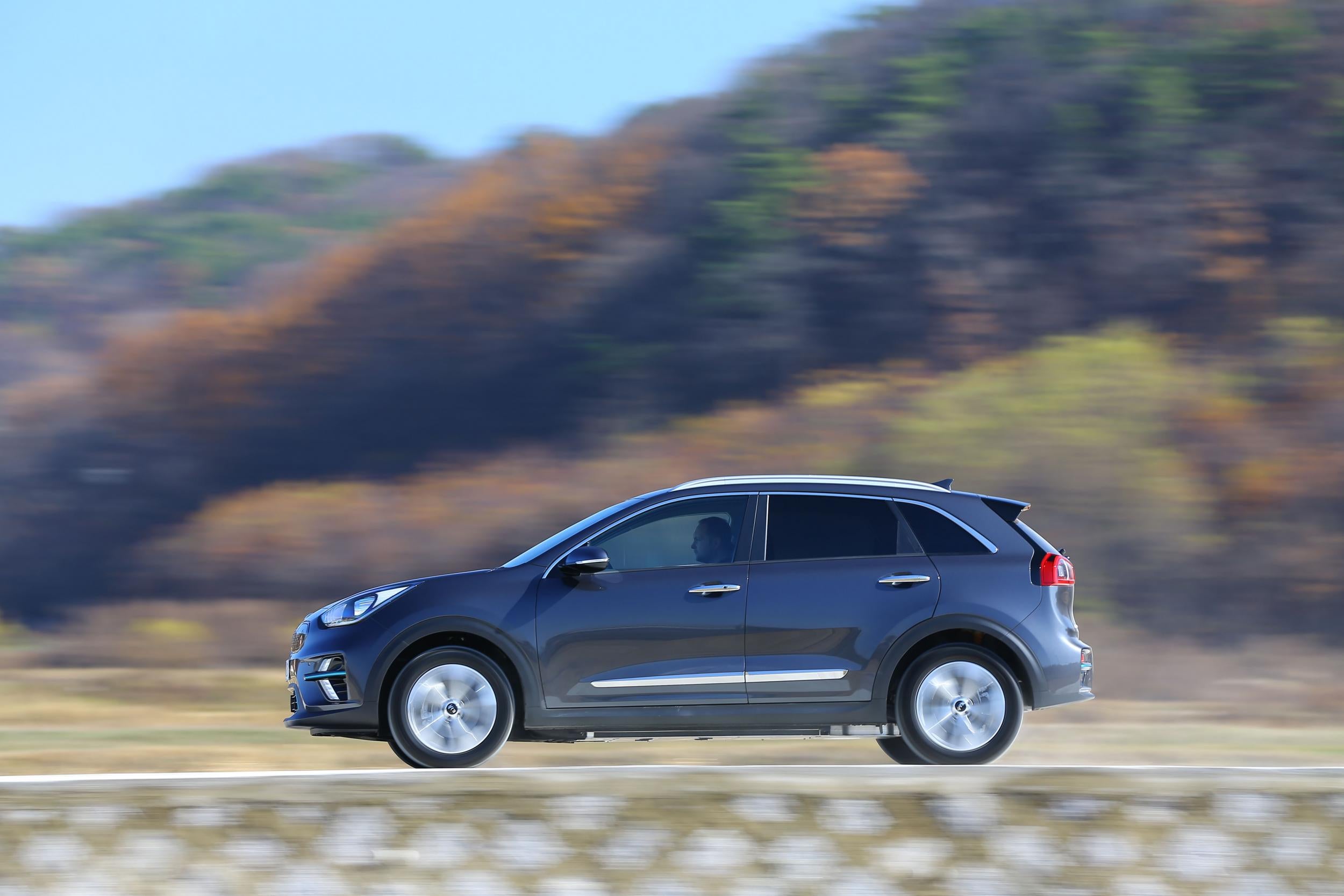
Best of all the E-Niro delivers a real world range (ie in mixed driving including town, A-roads and motorways) of 282 miles when its large, 150 kilowatts battery pack is fully charged (and a claimed 382 miles town-only pottering around). So most journeys are easily achievable without the fear of running out of power in the middle of nowhere, or, for that matter, in the middle of somewhere but still far away from a friendly charging point. It is, in other words, almost impossible to get stranded. Given that “range anxiety” is the biggest single psychological impediment to driver confidence in the electric car, this is something of a breakthrough. Only a few years ago, ultra-expensive Tesla models aside, most electric cars on the market would struggle to crack 100 miles. Inter-city travel was severely constrained.
No longer.
The e-Niro is state of the art, in fact. The South Korea-based Hyundai-Kia combine (the Hyundai Kona enjoys similarly advanced technology) has managed to leapfrog most of its more established or bigger rivals, at least outside China, and produce an outstanding product, well suited the needs of any modern family. It is the future.
The perfection of the e-Niro extends of course to all the usual gadgets and driver aids we expect nowadays, and the Kia is better than most. As an introductory First Edition model (though already popular) it is exceptionally well equipped. It has heated seats and steering wheel, electrically adjustable driver’s seat, adaptive cruise control, emergency automatic braking, traffic jam assist (so it will stop and move off more or less autonomously), land assist, 8-inch touchscreen with relatively easy to use radio and satnav controls, automatic lights, automatic wipers, Android Auto, Apple Car play, wireless phone recharging…
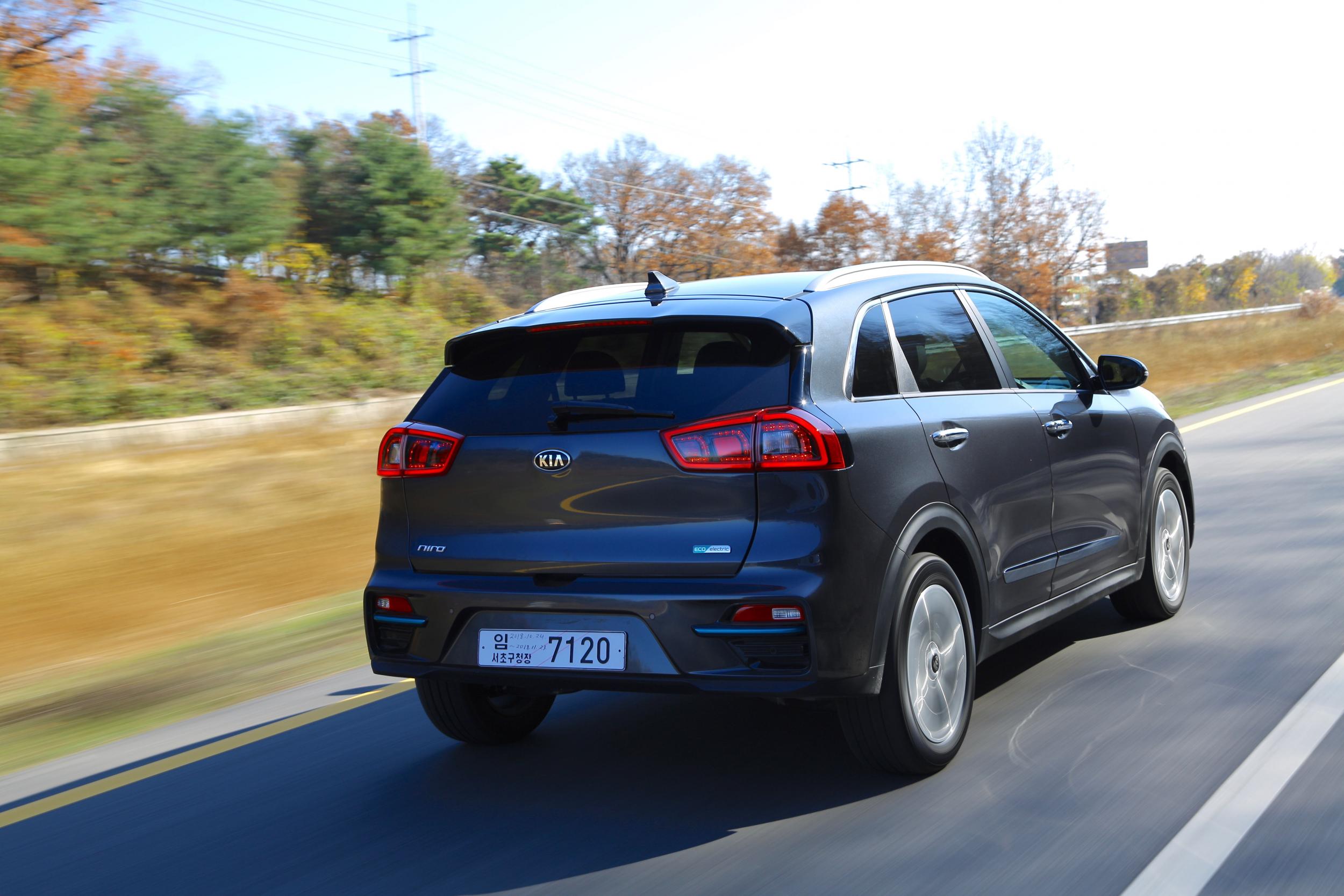
As I say, it’s all state of the art, but the real joy, and revelation for anyone who hasn’t tried one of the latest electric vehicles, is the drive. The usual advantage of electric vehicles – even those old milk floats – is that an electric motor has very strong low-down pulling power – acceleration from rest to, say, 20 or 30mph is as rapid as most performance cars with internal combustion engines. The measure of the progress with the Kia e-Niro is that it will sprint all the way to 60mph in just 7.5 seconds and then, without any great fuss, to beyond 100 mph – something that would have been considered hopelessly ambitious even a few years ago, as electric cars usually run out of puff (or used to) at motorway speeds, the effort visibly draining the battery pack.
The spec
Kia e-Niro First Edition
Price: £32,995 (after £3,500 govt grant)
Motor: 64kWh Electric; 1-sp auto
Power output (bhp): 201
Battery capacity: 150kW
Top speed (mph): 104
0-60mph (seconds): 7.5
Fuel economy (mpg): n/a
Range: 282 miles
CO2 emissions (g/km): 0
BIK (%): 13
The e-Niro gives the driver a choice of driving modes. There’s Sport, which is, if anything, a bit too lively for the chassis, Normal, Eco and Eco Plus. The Eco settings tend to make the regenerative braking system more pronounced, which means that when you take your foot off the accelerator the car slows down markedly even before your toe hits the brake, and the electric motor works in reverse to push kinetic energy from the road wheels back to the batteries. (The new Nissan Leaf has a similar option, but even more extreme so that the accelerator also acts as the brake, like on a dodgem).
The energy flow to and from the battery can be observed on an animated graphic on the dash, alongside a battery pack indicator (like a traditional fuel gauge) and speedometer. I also liked the rotary gear selector, and the 1-speed automatic transmission worked as silently as the rest of the car. The downside of all that is that you constantly have to watch out for pedestrians and cyclists who cannot hear you coming – one reason why new electric cars are to be fitted with an option to make some sort of noise when on the move.
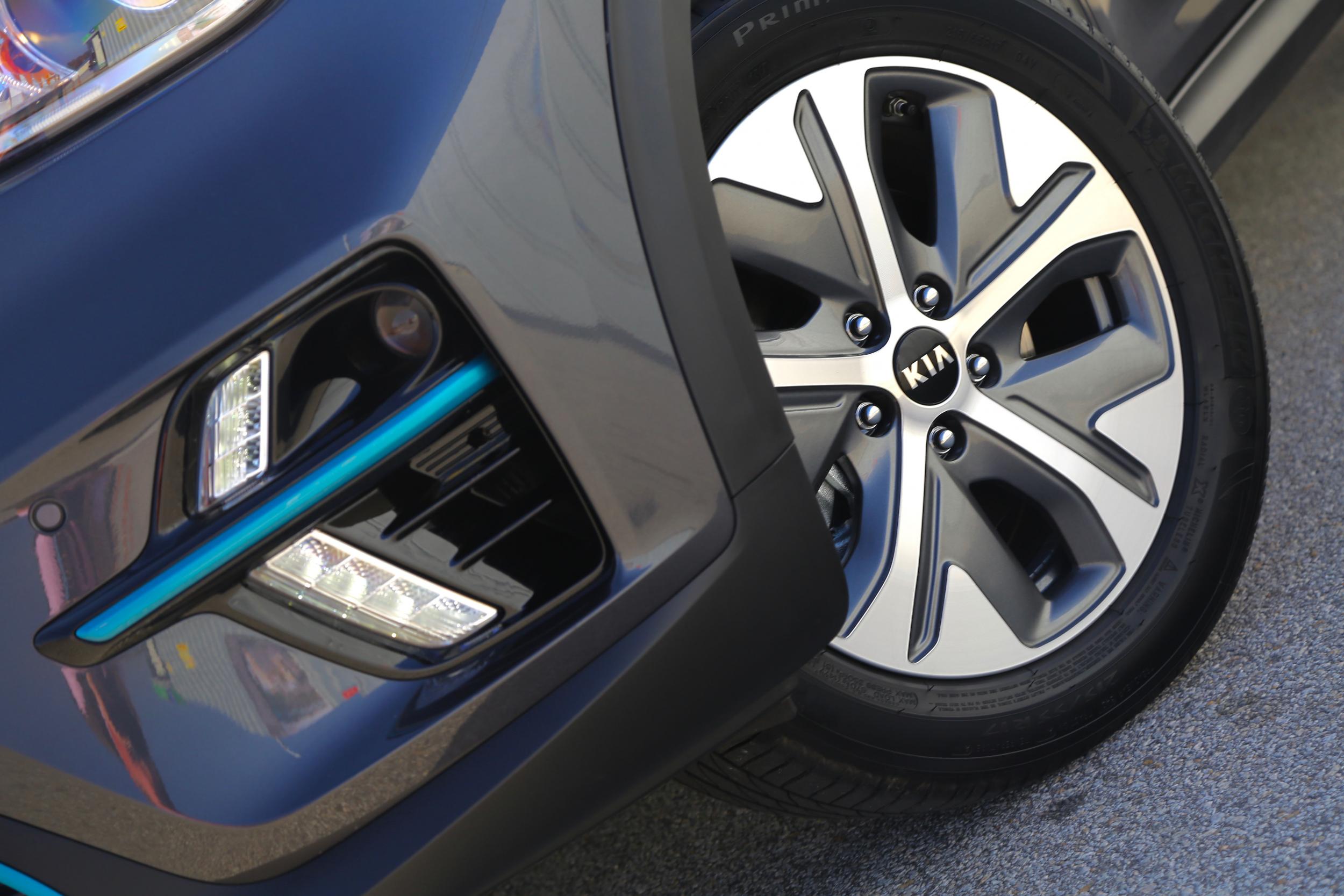
I have to admit feeling underwhelmed by the looks, though. Kia could have opted for a highly aerodynamic style, like the Nissan Leaf, or something fairly wacky, like BMW’s oddball i3 electric town car, but instead have opted for a blander crossover style, with a few distinguishing features such as the filled-in grille and absence of a tailpipe. It’s a roomy five-seater with adequate boot space, but I think they could have made it a bit more of a looker. It is surprisingly slipstream for such a chunky looking machine (coefficient of drag a respectable 0.29), but the bluff front still means a bit more wind noise at higher speeds. Basically, though, the whole thing is close to silent.
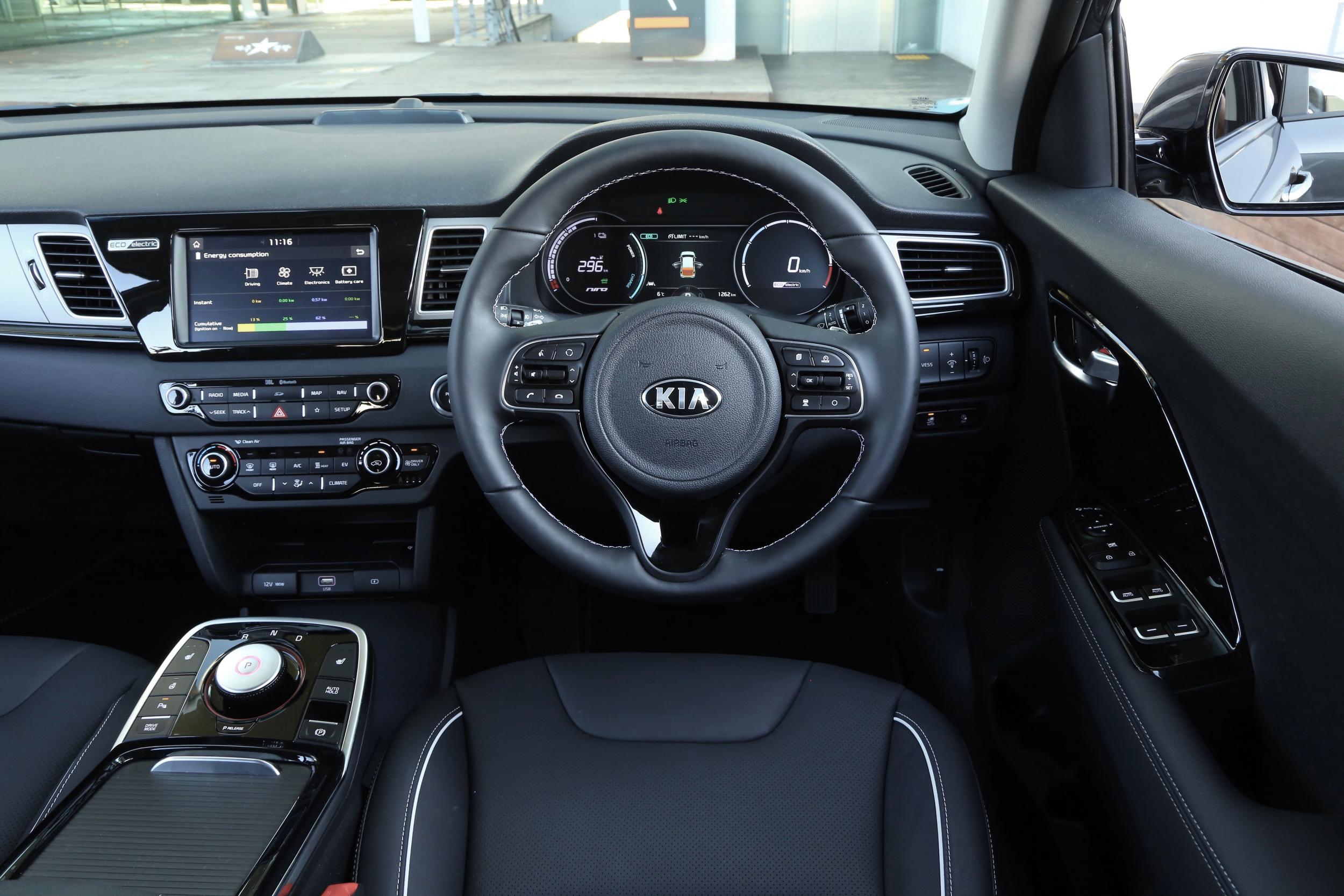
The biggest drawback remains not the car but the adequacy of the electric charging infrastructure, especially off the motorway network. Today there are probably just about enough very rapid chargers, the ones so powerful that you can get another 100 to 150 miles out of the charger in say 40 minutes, up to a maximum of 80 per cent battery capacity (trying to add more damages the pack apparently): Ecotricity is one suppler I found reliable and easy to use via an app.
That should yield a 200-mile-plus range, and stop you getting into much trouble anyway. But on my travels I found that the one or two you find at the services are sometimes already occupied, and there is an increasing risk of “charge point rage”. The etiquette of these is still unclear.
The Kia will charge up at home in about 9 hours (to 100 per cent) on a dedicated faster charging box stuck on an outside wall. If you’re patient enough to plug it into the mains like a kettle or something, the huge battery pack – the key to the long range – takes more than a day to get anywhere near full (and far from ideal to be running it directly off the domestic mains). Sadly the ultra-fast chargers can’t be fitted at domestic premises.
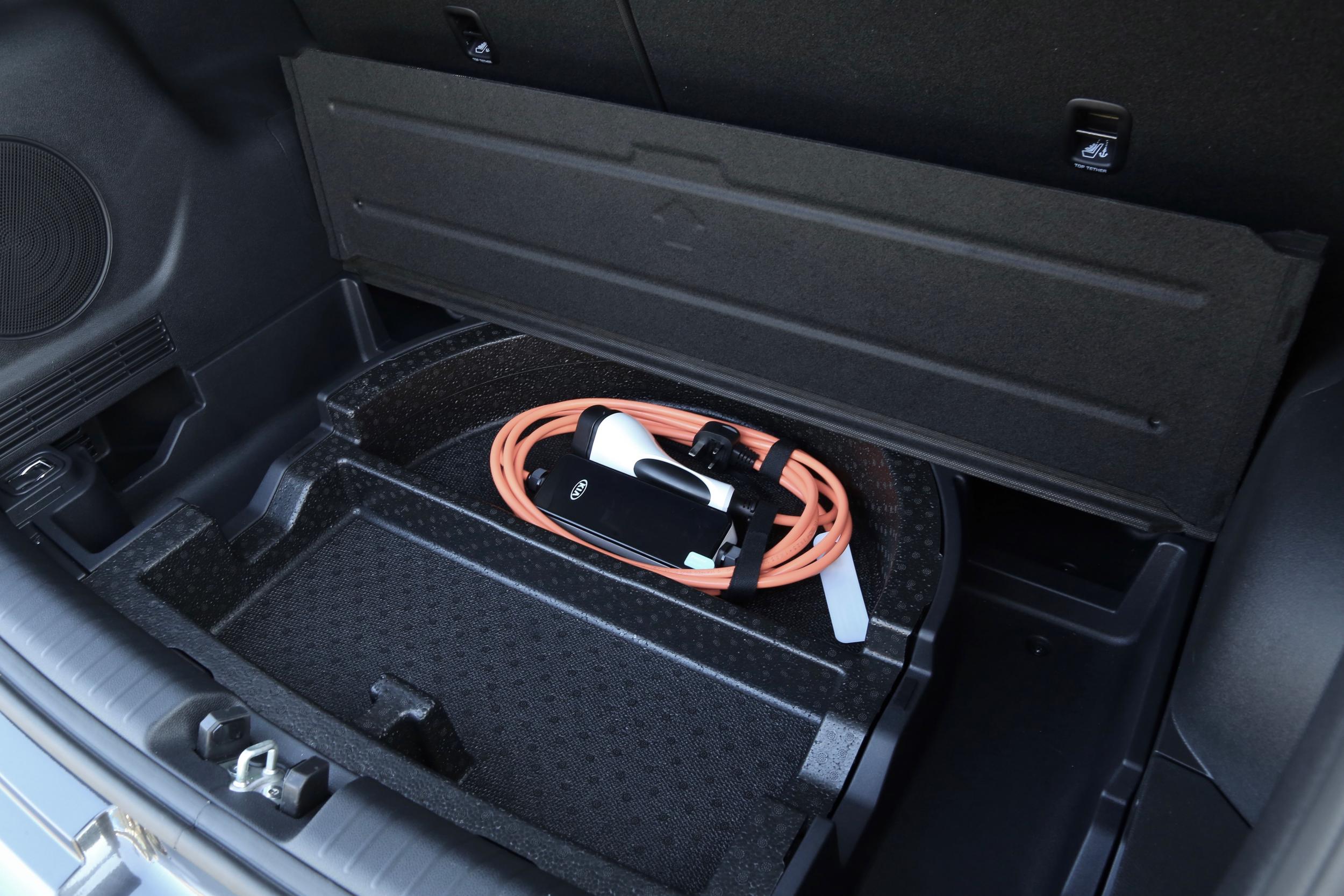
Anyway, once you’ve invested in your electric Kia e-Niro – and it is not cheap – your running costs should be close enough to zero. There are few moving parts, not much to save, negligble fuel bills, little taxation and it’s generally congestion charge free and welcome in supermarket car parks (with the possibility of free charging). Kia also give you a 7-year/100,000-mile warranty. The only thing that might cost more is the insurance.
Living with an electric car still means a bit more planning is required for journeys, and a little more consciousness about energy consumption, but then that is going to be our future more generally as a civilisation. Cars such as the e-Niro can reassure us that the future need not be a hardship.
Join our commenting forum
Join thought-provoking conversations, follow other Independent readers and see their replies
Comments